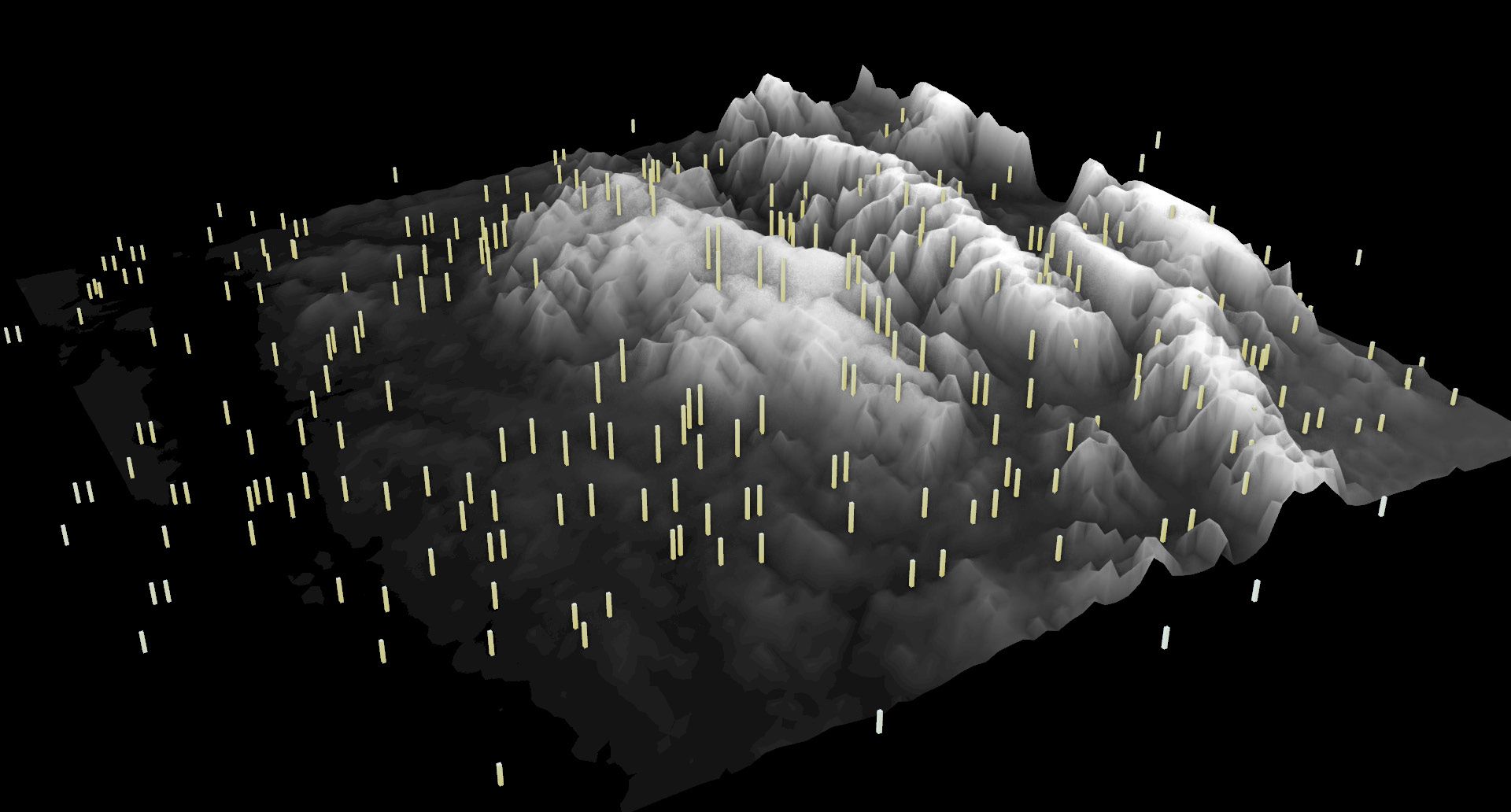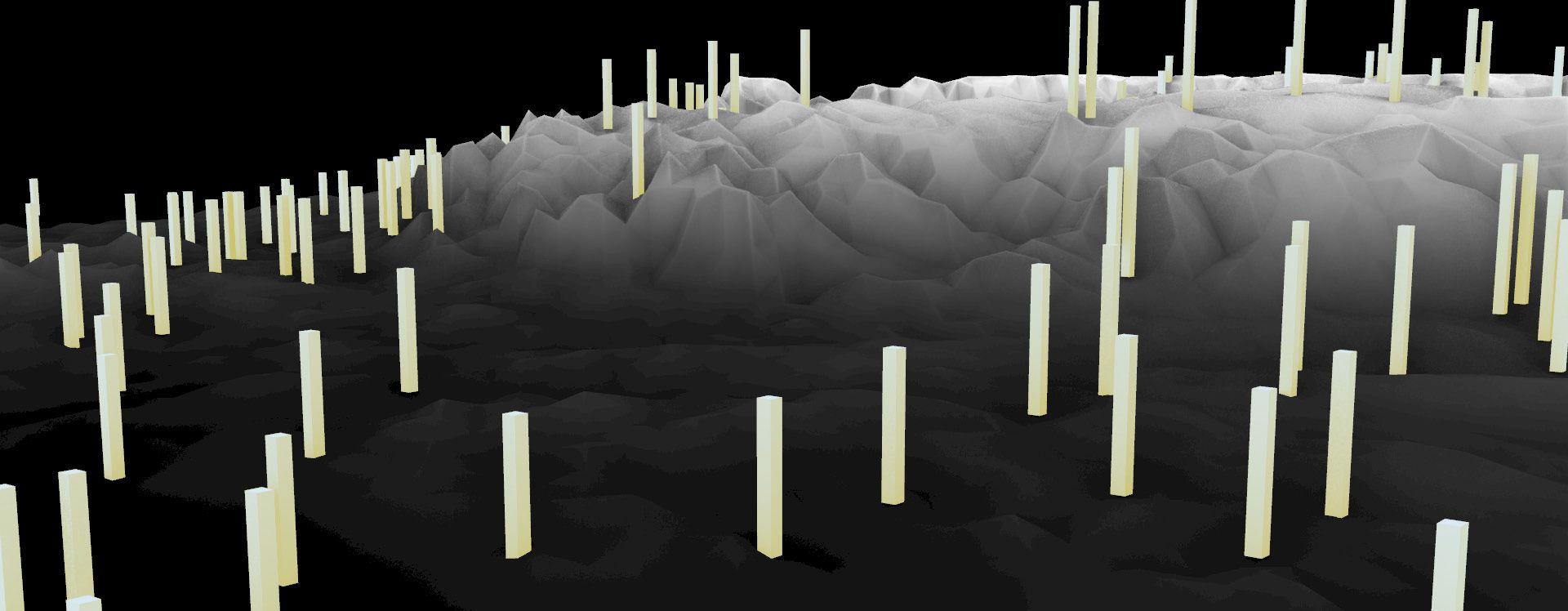Urban Cellular Growth
Growing Cities Like Cells

Urban settlements are usually formed due to access to natural resources and proximity to significant economic hubs. Growth of cities often occurs sporadically throughout their history to meet demand of increasing populations or changes in transportation technology, such as the invention of trains and cars. This differs from cellular growth which is exemplified by a sequence of phases, featuring an exponential period of rapid proliferation, which ultimately reach a plateau. After this growth phase, there may even be instances of culling, where redundant or damaged cells are selectively eliminated.
This project aims to apply the cellular model of growth to cities to contemplate what regional growth would look like if it mimicked cellular growth. Considering a pattern of development mimicking growth patterns found in nature may lend itself to new ways of considering urban expansion.

